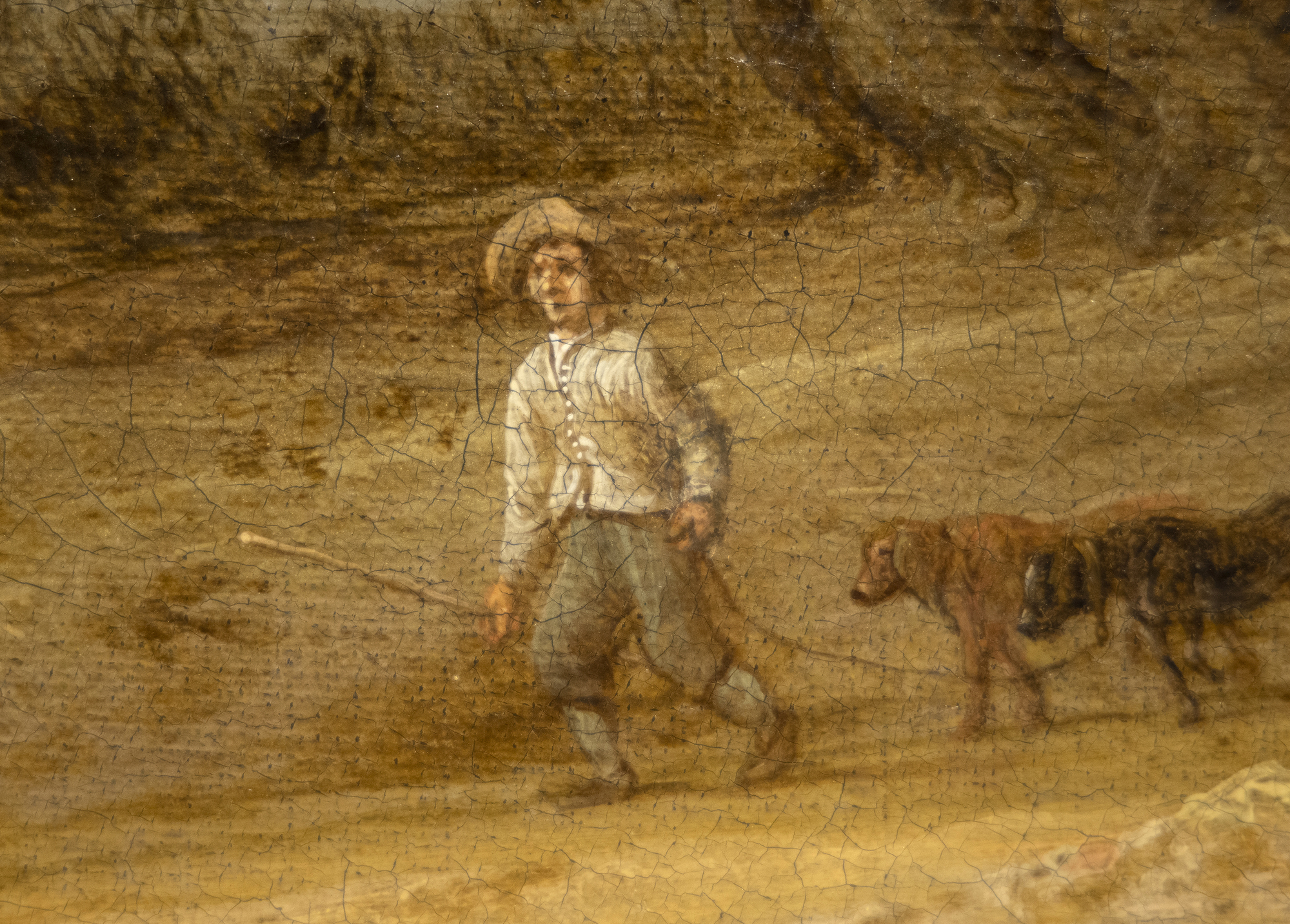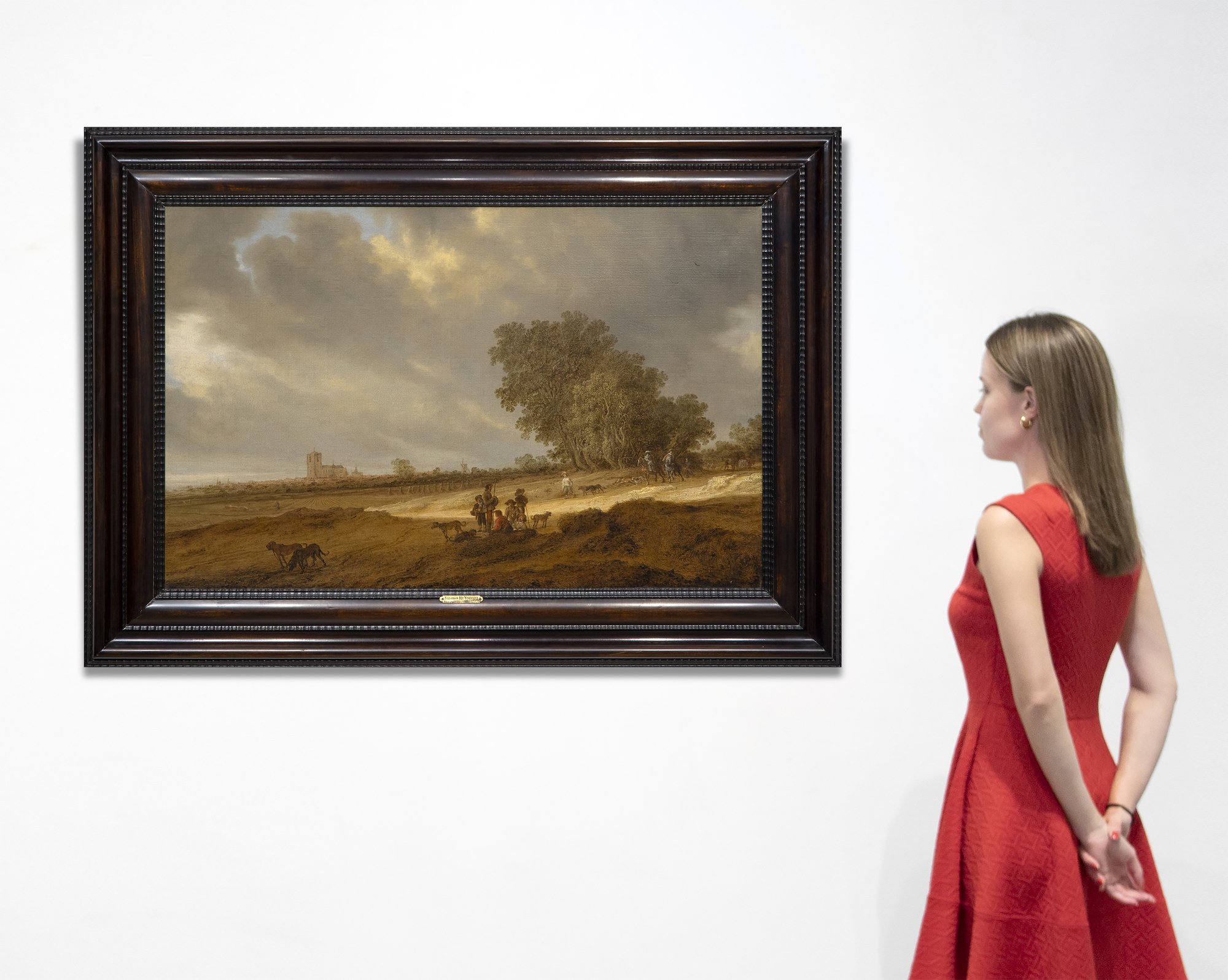SALOMON VAN RUYSDAEL (1602-1670)










Provenance
Sale: Monsieur J.B., Paris, Drouot, 23 March 1931, No. 13, repr.Munich, Collecting Point, Recuperation, 1947, No. 5609
Wildenstein & Co., Buenos Aires
Collection Raul Lamuraglia, Buenos Aires
Sale: Christie's New York, 31 May 1991, Important Old Master Paintings, No. 30A, repr. in colour
Private Collection, New York
Private Collection, California, by descent
Exhibition
Exh. De El Greco a Tiepolo, Museo Nacionales de Bellas Artes, Buenos Aires, 1964, No. 110, repr.Literature
W. Stechow, Salomon van Ruysdael, 1975, p. 107, no. 2...More...58...LESS...
History
Born in Naarden where his father, Jacob Jansz de Goyer was a moderately wealthy cabinetmaker, Salomon van Ruysdael initially used the name ‘de Goyer’ but soon followed the example of his eldest brother and adopted ‘Ruysdael’ from the castle of Ruijschdaal in Gooiland, which may once have been a family possession. Shortly after his father’s death, Salomon and his brother, Isaack van Ruysdael (1599-1677), a painter, frame maker, and dealer, moved to Haarlem, where Salomon entered the Guild of St Luke in 1623 and largely painted scenes of the surrounding countryside.
By 1640, Salomon distanced himself from the tonal aesthetic that had largely dominated landscape pictures of the previous decade. Instead, he adopted a more varied and brighter palette that can be seen as part of a wider movement in landscape painting whereupon the impulse to paint the more mundane features of the Dutch environment in a relatively uncomplicated manner was supplanted by a desire to imbue the landscape with a new sense of grandeur and refinement. Salomon did not, for example, intend cloud structures to be simply beautiful features or atmospheric elements that augment the ‘feeling’ of the picture. Instead, he looked to the energy and drama of the sky to suggest familiar poetic or scriptural metaphors vis a vis any number of weather anomalies — natural world reminders of God’s creative power, his benevolence, and his goodness visible from the top of the dunes, from the lands reclaimed from the sea, and from the sea conquered with their mighty ships.
MoreTop Results at Auction




































